A year ago, the European Union arrived at a Hamiltonian moment. The sense of human solidarity in the face of the COVID-19 pandemic and the deaths it was causing pushed European leaders to make unprecedented choices. The heart attack suffered by the economy justified a surge of concrete and mutual support. To manifest it, fiscal rules constraining member states’ social expenditures were suspended and a sizable and shared EU financial facility was established through the issuance of common debt. Europeans seemed ready to follow in the footsteps of the agreement engineered in 1790 by Secretary of the Treasury Alexander Hamilton that transformed the United States into a true federation with a stronger central government.
The aim was not only to help the European Union’s most affected countries to overcome the health and economic crises, but to create structural convergence between all its countries. An economically more homogeneous EU would be more homogeneous politically as well. As a result, the sharing of common resources and the new political harmony would write a new page in European history.
A year later, European economies are recovering faster than expected. The recession has left behind very high debts, but the sense of emergency has receded and Alexander Hamilton’s spirit is in danger of waning. This September, the EU will start debating how to change the rules that regulate its economy. Eventually, the EU institutions and the 27 member state governments will have to agree on how aggressively they will use fiscal policies, if they need to pool resources together and share their allocation, or if monetary and fiscal stability are more important than temporary unemployment or chronically low investment. The decision will have an impact well beyond the convergence of EU economies. In fact, all the political objectives of the European Union — environmental protection, external and internal security, and technological development, among others — will be affected by the decisions on how the money will be spent and the extent to which EU fiscal rules will leave room for higher investment. Europe’s future depends on the design of those new rules and leaving them only to financial priorities would be a historic mistake.
Past experience bodes badly, showing a distinctive flaw in the European decisions on economic governance. A way to synthetize it is the following: a rear-mirror mentality wrapped in a small-country syndrome. Inflation in what are now the core economies of the euro area last spiked at high levels around 1981, 10 years before the Maastricht Treaty enshrined a goal of price stability to be enforced through market discipline. The first attempt at establishing fiscal coordination took place, instead, in 1997, a decade after the liberalization of Europe’s capital markets and 15 years after the increase in the real cost of public debts. It was only in 2005 that European policymakers realized that it was necessary to include structural reforms (enforcing labor and capital flexibility) in their economic governance to meet the challenges of phenomena — globalization and digitalization— that had started 10 years earlier.
There seem to be at least two common threads. The first is that rules governing the European economy not only come late, but they stay around for a long time. When the global crisis broke out in 2008, the rules of the past decades remained in place as the only available toolbox: market discipline, monetary dominance, and structural reforms in a context of fiscal straitjackets. The outcome of the policies responding to the euro crisis was unnecessary suffering and persistent stagnation. After the euro crisis, all kinds of flexible adjustments had to be tacitly applied, at the cost of eroding the credibility of European governance. This prevented any common endeavor to design better economic management. In fact, it took a global pandemic to upturn the existing practices and embrace common debt issuance and fiscal support to get out of recessions. However, this exceptional health crisis has led to an exceptional European policy response. It is far from certain that the new ambitious toolbox aimed at fostering convergence among the EU member states will remain in place once the health and economic crises have been overcome.
The second common thread is that events — and not the battle of ideas, or indeed the battle of prejudices — determine Europe’s policy framework. Moreover, most of those events are exogenous: inflation was triggered by oil price spikes linked to crises in the Middle East; capital markets’ influence on the real economy was imported mainly from other countries; so were new technologies and globalization and more recently, financial crises and even the pandemic. Most of those events were not only exogenous but were also largely unexpected by European policymakers entrenched in small-country mentalies. It is no surprise that the European economic governance response was belated and with poor outcomes.
The decision to launch a debate on the reform of EU economic governance was thus overdue. However, there is still the risk that the new proposals will keep looking backwards rather than ahead, focusing mainly on a convenient “policy mix”: how much public debts will have to be reduced in relation to the degree of “normalization” of monetary policy. It is indeed sensible to base the new policies on the available empirical data, and the latter is necessarily old water, but too often old mindsets come short of making the right decisions for the unknown future.
The main lesson from the past should be that events that determine Europe’s policy responses often come unexpectedly — and, even more often, they come from outside of Europe. Consequently, the first response should be to acknowledge that we know that we do not know. To address the unexpected, Europeans probably need to set up some kind of large rainy-day fund to tackle sudden emergencies. The lack of discretionary funds to purchase the COVID-19 vaccines in 2020 was a point in case. A more accurate risk prevention and a forward-looking analytical capacity is at odds with the small-country mentality of most EU member states which makes it all the more necessary that one should be swiftly brought into being. Discretionary action and strategic thinking can be more than bureaucrats are expected and legitimated to deliver. Consequently, politics must engage and not leave the agenda to be set by financial considerations only.
As for the (mostly) exogenous nature of shocks, the European Union needs to reflect on its role in the world. Will it remain dependent on other continents for technology and energy? Will it be able to safeguard European values — such as privacy and individual and/or social rights — if it is not able to master the technological frontier? Should it really rely on other states to assure political stability at its borders? Can capital markets, environmental safety, or social commitments be more strictly regulated or preserved in Europe without reducing innovation and people’s preferences?
Almost inevitably, the world’s complex geopolitical landscape is pushing Europe to become more self-reliant. This too affects the design of future economic governance, starting with the relation between savings and investments. Currently, excess savings in the euro area are exported, which pushes growth outside Europe, rather than using them inside the EU for common purposes. Recently, general political objectives — such as environmental protection, the improvement of digitalization, and the achievement of economic convergence — have been introduced by the European Commission and approved by the national governments. The policy response to the pandemic has brought new instruments (use of grants, the possibility to raise new taxes and revenues at the EU level, the issuance of common debt) and new institutional mechanics in which the interests of individual nations are subordinated to common decisions, as well as a new magnitude to the underlying fiscal effort and provision of liquidity at both national and EU levels. Making this toolbox permanent would be a sign of the fact that Europe intends to act more in unison in the future. In fact, one can wonder whether the appropriate level of institutional design should be confined within the powers of finance ministries or even within the priorities of economic governance. It seems inevitable that political considerations — balancing sacrifices today to gain benefits tomorrow, or even the reverse — will become more and more relevant for governing the European economy.
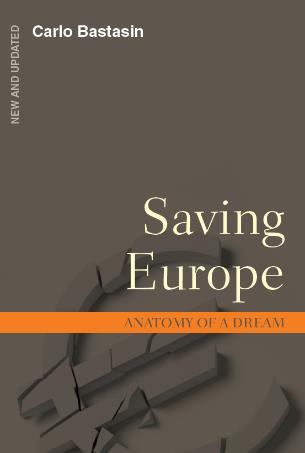
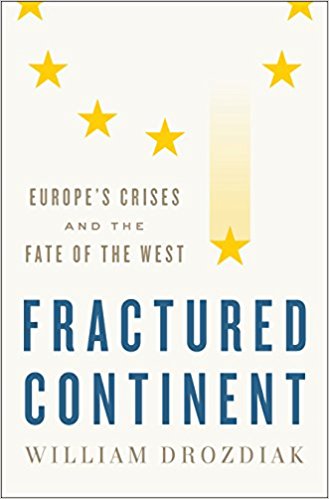
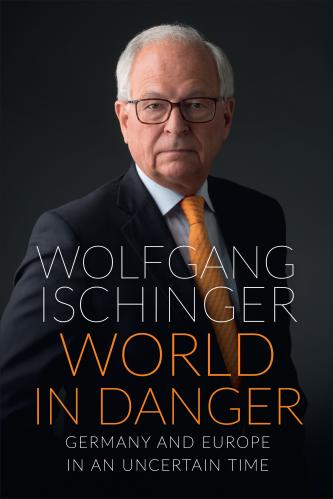

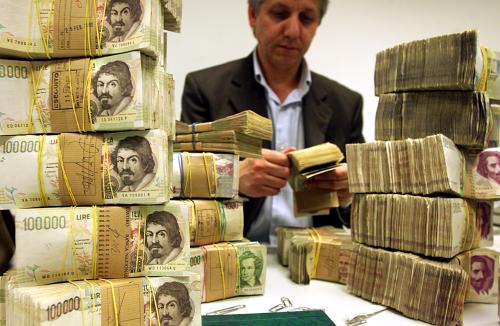
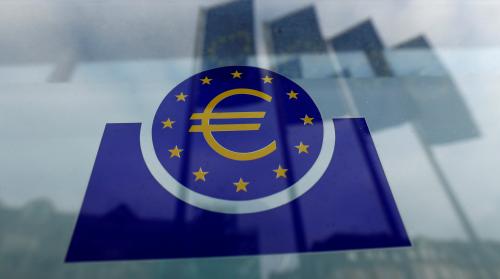




Commentary
As the EU debates rules for its economy, a more ambitious political vision is inevitable
June 3, 2021